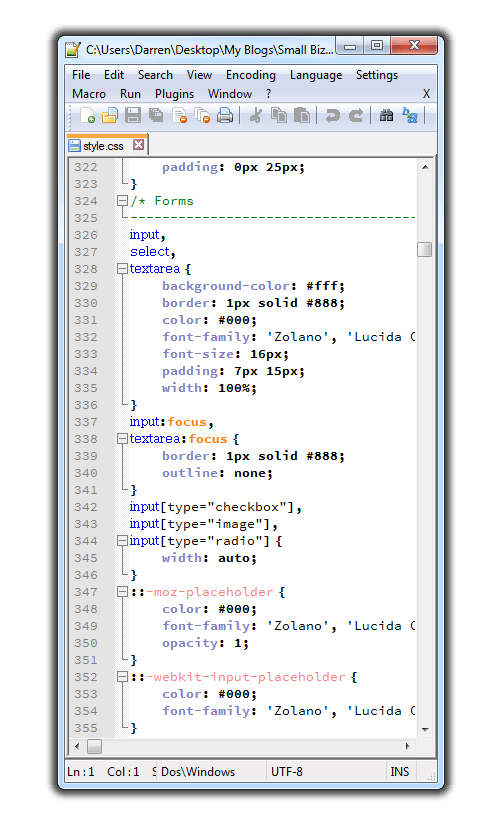

The following is an example of comma-delimited text.ģ,Company D,Christina,Lee,Purchasing Mgr.ĥ,Company F,Francisco,Pérez-Olaeta,Purchasing Mgr.ħ,Company H,Elizabeth,Andersen,Purchasing RepĨ,Company I,Sven,Mortensen,Purchasing Mgr.ĩ,Company J,Roland,Wacker,Purchasing Mgr.ġ0,Company K,Peter,Krschne,Purchasing Mgr.ġ1,Company L,John,Edwards,Purchasing Mgr.įixed-width files In a fixed-width file, each record appears on a separate line and the width of each field remains consistent across records. The delimiter can be any character that does not appear in the field values, such as a tab, semicolon, comma, space, and so on. Text files that are organized properly fall into one of two types:ĭelimited files In a delimited file, each record appears on a separate line and the fields are separated by a single character, called the delimiter. To use a text file as a source file for importing or linking, the contents of the file must be organized in such a way that the importing and linking wizards can divide the contents into a set of records (rows) and each record into a collection of fields (columns). Access supports the following file name extensions .

Troubleshoot #Num! and incorrect values in a linked tableĪ text file contains unformatted readable characters, such as letters and numbers, and special characters such as tabs, line feeds and carriage returns. Troubleshoot missing or incorrect values in an imported table
NOTEPAD++ SORT BY LINE LENGTH HOW TO
This article explains how to import and link to a text file by using these wizards. If you simply want to view the latest source data within Access for richer querying and reporting, create a link to the text file in your database by using the Link Text Wizard. If you want a copy of the data that you can edit within Access, import the file into a new or existing table by using the Import Text Wizard. You can bring data from a text file into Access in two ways. If you're going to do this more often you could record a macro with these steps.Access for Microsoft 365 Access 2021 Access 2019 Access 2016 Access 2013 Access 2010 Access 2007 More. If you need longer numbers just add more zeros to the first replacement, and increase the 10 in the second replacement accordingly. Once sorted the last expression will strip all leading zeros so you'll have your original numbers back. Those will sort in the order you want them to sort. The second replacement than takes the last 10 digits of the number to bring everything back to the same length, giving you numbers like 0000000839, 0000000003 etc. It works by adding 10 zeros before the number, even though that's probably too much. These are the steps (works for number up to 10 characters) Then they will sort correctly and you can use another replacement to strip the leading spaces/zeros afterwards. I don't know what your file looks like, but I'd use regular expressions to add spaces or zeros before each number to make them the same length (e.g. (Note if you don't select any text it will sort the entire file, and if you select text it constrains the sorting to the selected text.) This is now easy to achieve (at least in Notepad++ 7.5.9):Įdit -> Line Operations -> Sort Lines As Integers Ascending


 0 kommentar(er)
0 kommentar(er)
